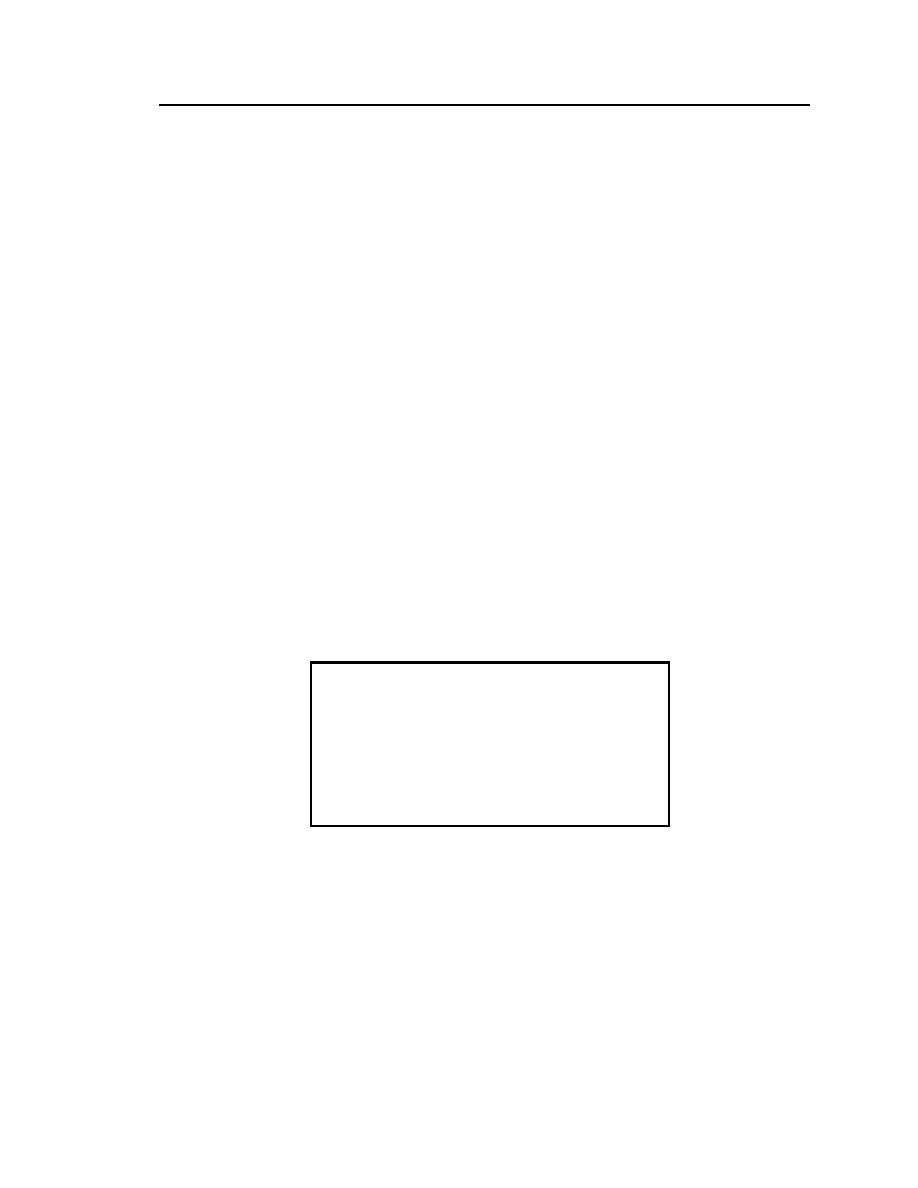 |
|||
|
|
|||
|
|
|||
| ||||||||||
|
|  DOE-HDBK-1092-98
manual. Required weekly, monthly, and semiannual tests and required recordkeeping are contained
in ANSI B-30 and CMAA documents.
The basic references for safe operation and maintenance of cranes and hoists are contained in the
following sections of 29 CFR 1910 and 1926.
1. 29 CFR 1910.179, Overhead and Gantry Cranes, which addresses operations and maintenance
requirements
2. 29 CFR 1910.306, Specific Purpose Equipment and Installations, which address electrical
installation requirements
3.
29 CFR 1926.550 and 29 CFR 1926.554, which address construction site operations.
6.2.8 DOCUMENTED MAINTENANCE
Maintenance checklists and schedules in compliance with OSHA, the owner's manuals, and the
manufacturer's requirements for the specific equipment shall be provided as required. Weekly,
monthly, and semiannual inspections shall be conducted, and comments and condition of the
inspected part shall be documented and certified as required by 29 CFR 1910.179.
The recommended frequencies of inspections vary in accordance with application, usage, and
authority. Frequent inspection and periodic inspection are defined by OSHA as daily to monthly and
1 to 12 months, respectively. Typical inspection frequencies for electrical equipment of cranes and
hoists are as follows:
Weekly
Monthly
Semiannually
Brakes
Control Operations
Motors
Pushbuttons
Collectors
Control Panel
Master
Resistors
Switch
Conductors
Mainline
Disconnect
Warning
Device
The inspection records shall provide an ongoing safety assessment of the equipment and be used to
predict repair-part replacement. All inspections shall be dated and initialed by the inspector.
6.2.9 MECHANICAL ELEVATING AND ROTATING EQUIPMENT
The primary electrical safety concern of 29 CFR 1910.269(p)(4) and 1926.550 is work in proximity
to live and unguarded electrical overhead lines by uninsulated equipment. Unless these lines are
visibly grounded at the point of work and the owner of the lines indicates that they are deenergized,
barriers or insulating protective material shall be installed to prevent worker contact with them. The
following clearances shall be maintained between equipment and electrical overhead lines:
6-7
|
|
Privacy Statement - Press Release - Copyright Information. - Contact Us |